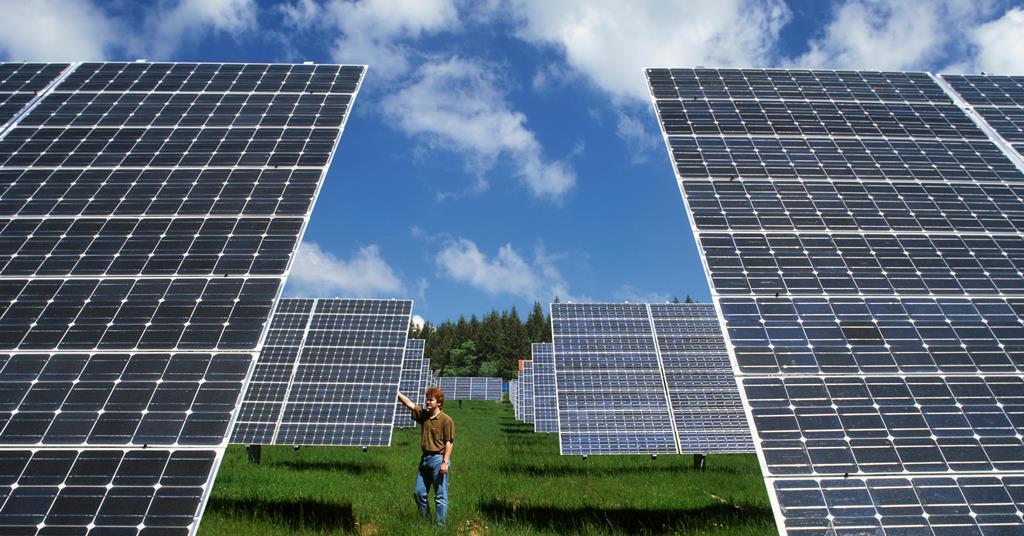An analysis of six solar panel systems installed in Switzerland over 30 years ago shows they remain effective, with material quality emerging as the main factor determining their longevity.
Solar panel manufacturers typically guarantee their products for 25 to 30 years. While accelerated ageing tests performed in the lab support these estimates, they offer limited insight into their operational lifetime under real-world conditions.
Various studies have investigated how factors such as temperature, climate and mounting angle influence the lifetime of in-use solar panels. However, few have examined panels in extreme climates or systematically compared panels from different manufacturers.
A team based across Switzerland, Austria and Germany has now analysed the long-term performance of six photovoltaic systems installed across Switzerland between 1987 and 1993. Panel locations ranged from low-altitude domestic properties to solar panel farms to commercial buildings in mountainous regions, each experiencing different climates and mounting angles.
Panel performance declined by just 0.24% per year on average, about three times slower than literature values for such systems. Compared to reference studies, the researchers found that most of the tested panels retained over 80% of their initial power. ‘This [data] really shows that photovoltaics can last [longer than expected], and it’s an important message to the photovoltaic industry,’ says lead researcher Ebrar Özkalay at the University of Applied Science and Arts of Southern Switzerland
Altitude and climate influence the lifetime of panels, and the team found that the performance of panels at lower altitudes decreased at a faster rate. These panels often reach surface temperatures of up to 80°C, increasing thermal stress from daily and seasonal temperature variations.
Spectroscopic analyses of panel materials highlighted that encapsulants and adhesives degraded more at lower altitudes, leading to localised corrosion and reduced electrical conductivity. The researchers also noted that older panels lacking UV stabilisers degraded more quickly than other panels.
Felipe Angel, who studies the chemical synthesis, manufacture and characterisation of optoelectronic devices at the Research Centre for Nanotechnology and Advanced Materials in Chile , believes the findings will cause researchers to adjust accelerated stressing tests in the lab. ‘And that’s particularly critical for the emerging technologies where the stability is not that high.’
Modern photovoltaic systems often prioritise higher efficiencies and reduced costs, so use thinner and lower quality materials, but the team behind the study highlights that this strategy may compromise their long-term reliability. ‘The bill of materials – everything that goes into a panel – has a great influence on performance, even when made by the same company,’ adds Dirk Jordan, a photovoltaics expert at the National Renewable Energy Laboratory, US. ‘We can learn from these old panels to make future ones last, hopefully, as long.’
